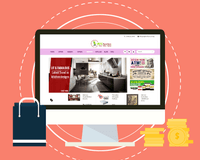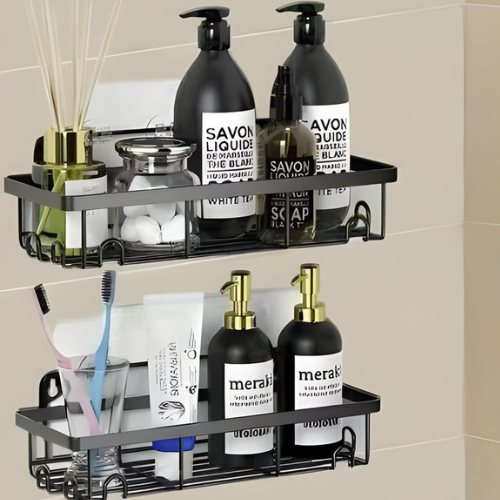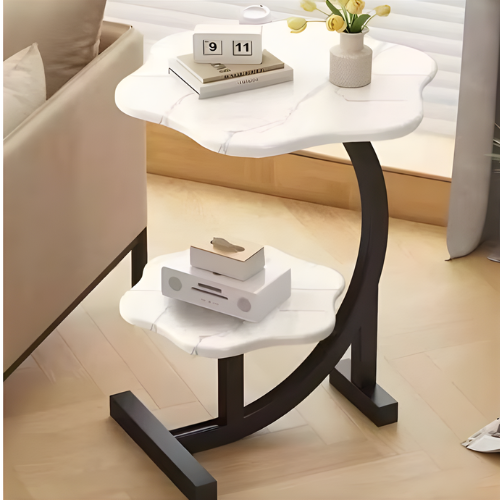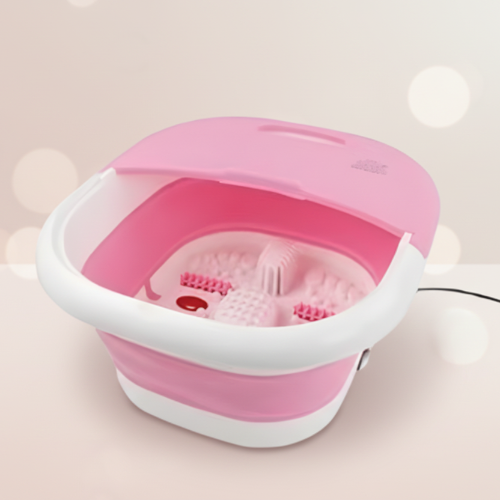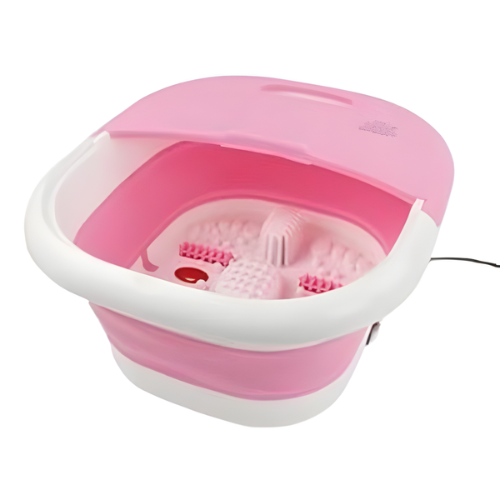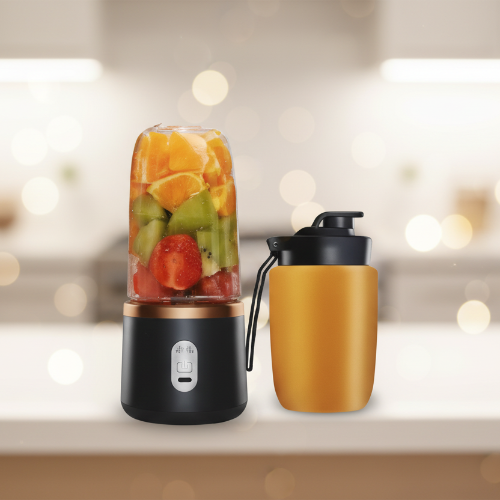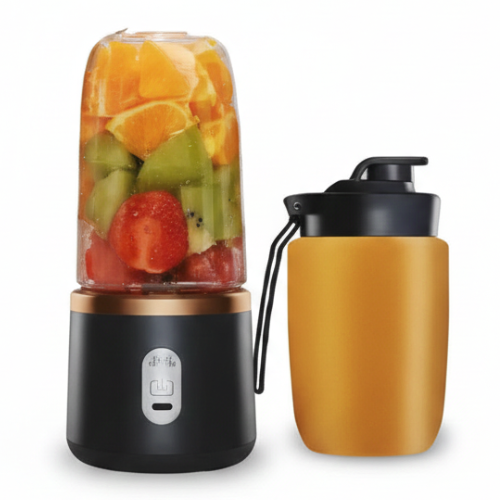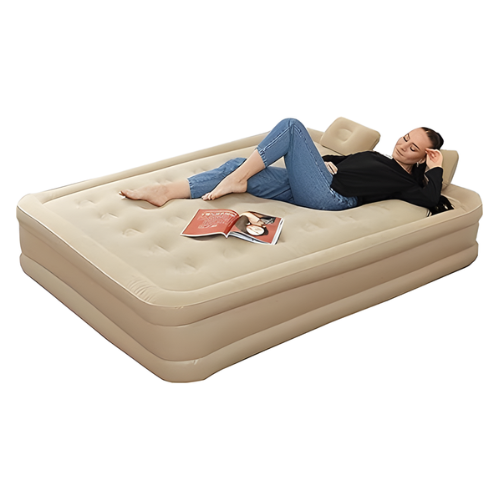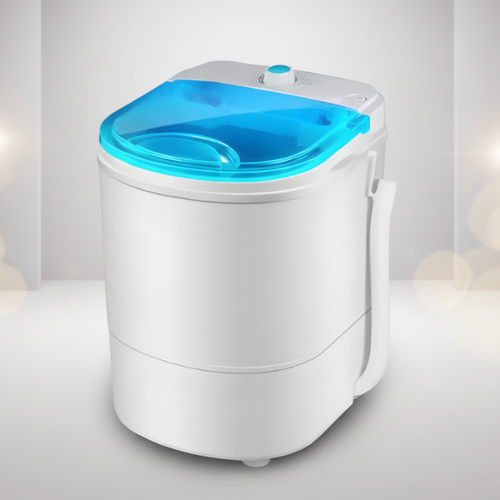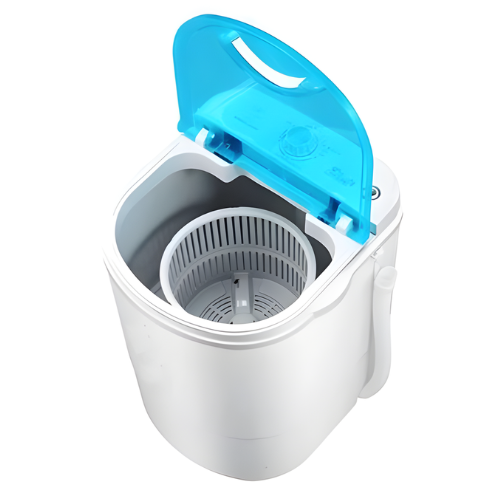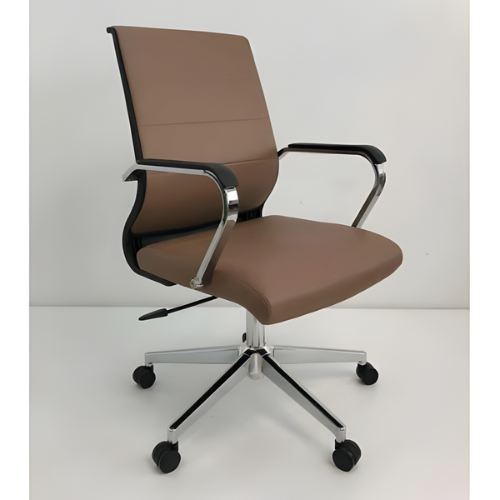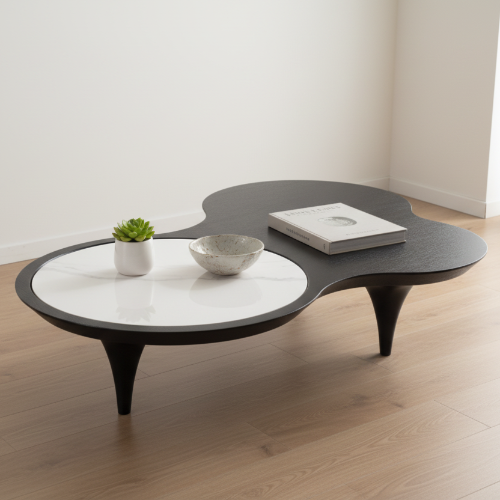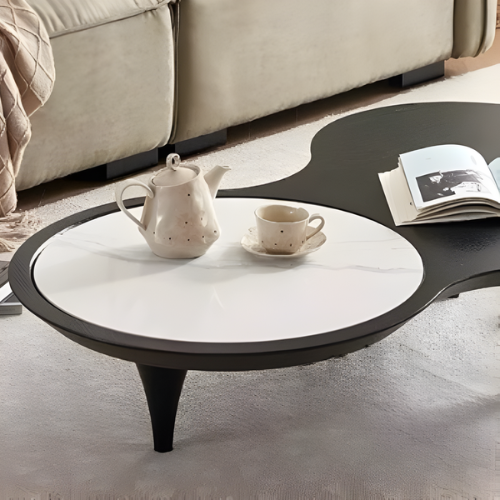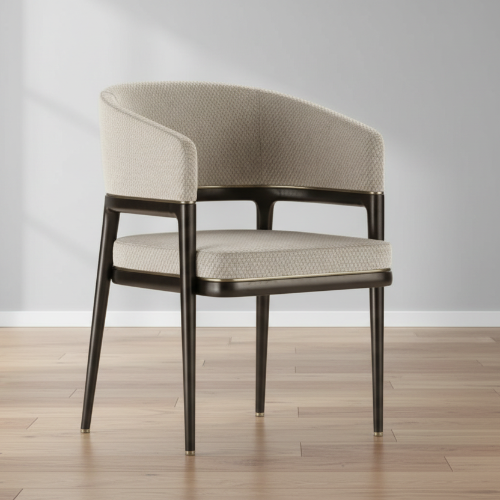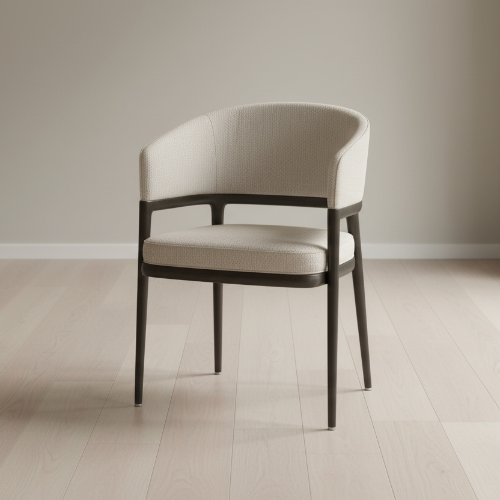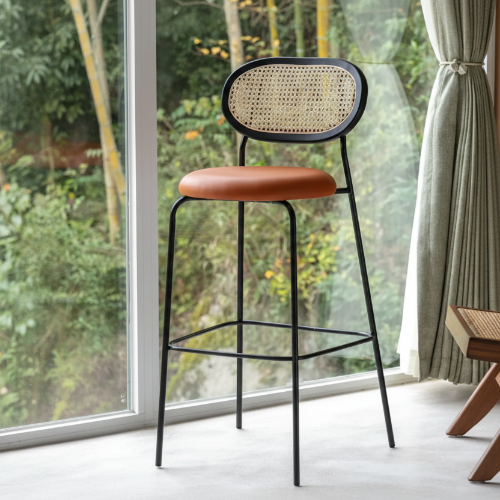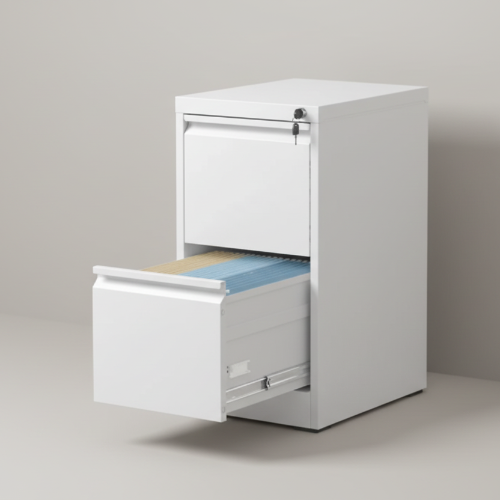
Whether you’re building a new home or planning a remodel, it can be hard to decide how much you want to switch up the layout. When you’re not sure which home layout to choose, think about your long-term goals for your home.
One way to figure out your ideal layout is to explore your options based on your personality type.
What’s an Enneagram?
An enneagram refers to a system of personality types where there are nine basic personality types. While people will express different characteristics, their enneagram shows their core personality and doesn’t change.
Your enneagram type is based on two groups of three factors each. The values of each factor determine which personality type you have.
The first group of factors is whether you react as an instinctive, emotional, or logical person. The second group determines your dominant emotion. These emotions are anger/rage, fear, or shame.
How Can I Find Out My Enneagram?
You can determine your enneagram by taking an online test with the Enneagram Institute. This test takes about 40 minutes to complete, has 144 questions, and costs $12. You can find shorter enneagram quizzes online for free, but they might be less accurate.
Which Home Layout is Best for My Enneagram Type?
Now that you’ve determined your enneagram, let’s talk a bit about each enneagram type and discuss which home layout suits your personality best.
Type 1: The Reformer
People with type 1 enneagrams are detail-oriented perfectionists. A split-level home is ideal for this enneagram type because thisl design allows you to compartmentalize different areas of your home based on function.
Split-level homes are well-organized and allow type 1 people to maintain a layout where each room has a specific purpose.
Type 2: The Helper
Type 2 enneagrams are leaders who aim to please others. This is why combined layout home styles work well for them. In combined layout homes, the build is similar to a studio, so there’s lots of open space.
This maximizes space potential for entertaining and makes the space highly-customizable, so it’s perfect for type 2 enneagrams.

Type 3: The Achiever
Type 3 people are driven by their success and might be more image-oriented. A loft style home is ideal for these individuals because the loft itself is a decor feature. It’s easy to decorate impressively when the space itself serves as decor!
A loft layout is ideal for people with type 3 enneagrams because it makes for an impressive home with minimal effort.
Type 4: The Individualist
Open-concept floor plans are ideal for type 4 enneagrams because they value self-expression. With open-concept homes, a kitchen opens to a main living area.
This layout is ideal for dramatic decorating goals, so any type 4 can really make their open-concept space unique.

Type 5: The Investigator
Type 5 enneagrams are critical thinkers who often reflect on themselves and others. For this personality type, closed-concept plans are ideal because it gives homeowners privacy as needed.
If entertaining, there are fewer rooms that your guests can have access to in a closed-concept plan, so you have more control over your space. This gives type 5s entertainment space while keeping other spaces, such as their bedroom, private.
Type 6: The Loyalist
Type 6 enneagrams can be anxious, so they seek security in their homes. An L-shaped layout offers type 6s the security they need because the main bedroom is separated from the rest of the home.
This home layout allows type 6s to make their bedrooms a sanctuary from stressful situations.
It’s important for these personality types to have somewhere to retreat to when they feel unsafe. So type 6s should consider making a bedroom or spare room this safe space for when they get overwhelmed.
Type 7: The Enthusiast
Typ 7 personalities are individualists who love a good time. For this enneagram, U-shaped homes are ideal because they’re a very unique home shape.
Type 7s are always looking for a way to stand out from the crowd, so their home needs to be as unique as they are. U-shaped homes usually feature rooms that all have multiple uses.
This is perfect for type 7s looking to always change their home designs when they’re bored or looking to do some entertaining.

Type 8: The Challenger
Type 8 personalities are confident and deal with any issues head-on. Multi-story homes are ideal for these enneagram types because separated spaces allow them to style each space differently but use some key design elements to create a cohesive home.
A contemporary style is ideal for type 8s in their multi-story home because it balances this traditional build with some fresh decor. Some key statement pieces help facilitate a unique design for this classic build.
Type 9: The Peacemaker
Type 9 enneagrams are calm and like to go with the flow. For type 9s, one-story homes are ideal because it’s not an overwhelming space to fill and make your own.
One-story homes make it easy to create your own flow and do a bit of feng shui to make your home your own.
How to Plan Your Home’s Layout
Once you’ve decided to re-design your home’s layout or build your dream home, here are some tips to help you get started.
-
Decide Your Home Base
The first step is to research the base of your home. For new builds, this will be deciding your plot and researching any zoning regulations that you’ll need to keep in mind with your build.
If you’re renovating an existing home, choose which space you’re focusing on and be mindful of any walls you’ll need to construct or take down.
Measure Existing Structures
Especially if you’re working with an existing home, take meticulous measurements of all the features in a room.
This means that you should get accurate measurements of the room size and also note any windows, door frames, or supporting structures so that your new design works around these features.
-
Sketch Your Layout
Now that you have all your measurements down, sketch your room to scale and begin designing your layout. Any new features probably won’t be drawn exactly to scale, unless you’re a professional, but this is a great starting point to help show your contractor exactly what you want.
Using your enneagram for some design inspiration is a great way to get a starting point for your home design. While you don’t need to stick to these layouts, your personality type might teach you a bit about what features your home needs to keep you happy long-term.
Authors Bio.: Claire Silverberg
 She is a writer who loves exploring all sorts of topics in her work, such as wellness, business, and lifestyle. On her off days, you can find her honing her skills in the kitchen or reading on her patio.
She is a writer who loves exploring all sorts of topics in her work, such as wellness, business, and lifestyle. On her off days, you can find her honing her skills in the kitchen or reading on her patio.




